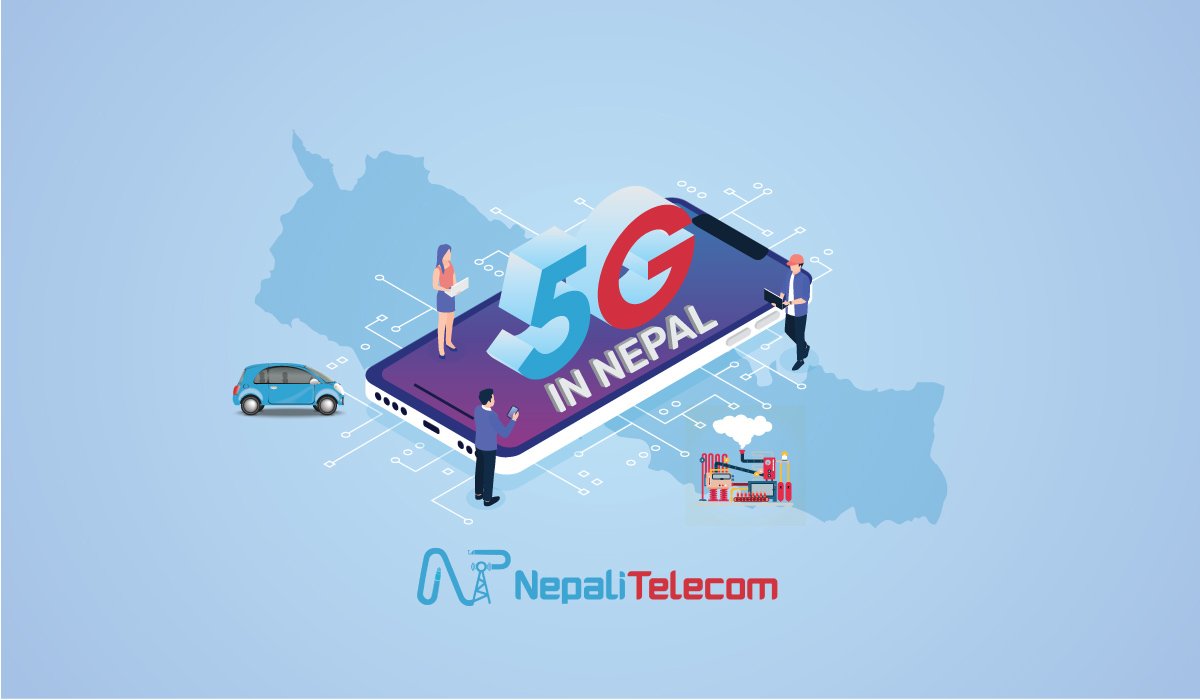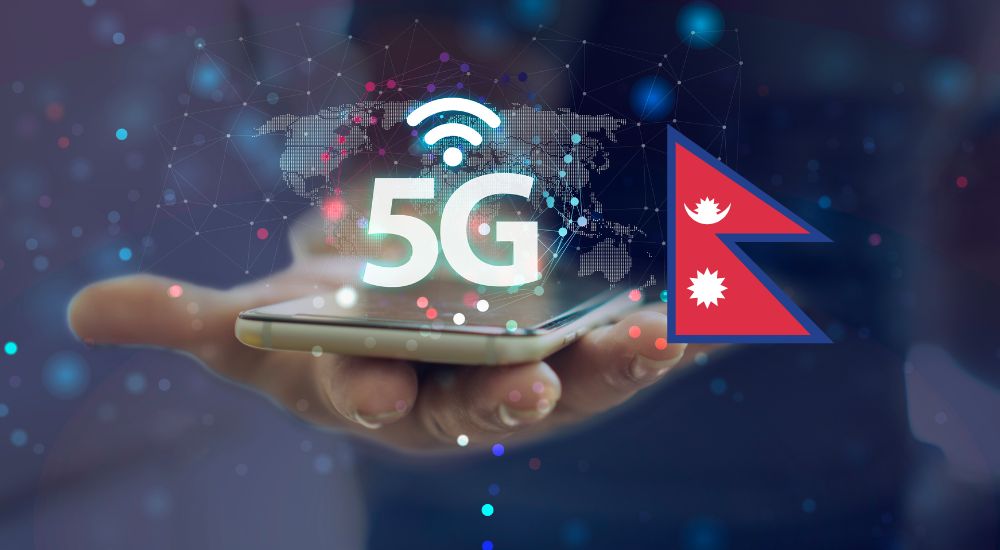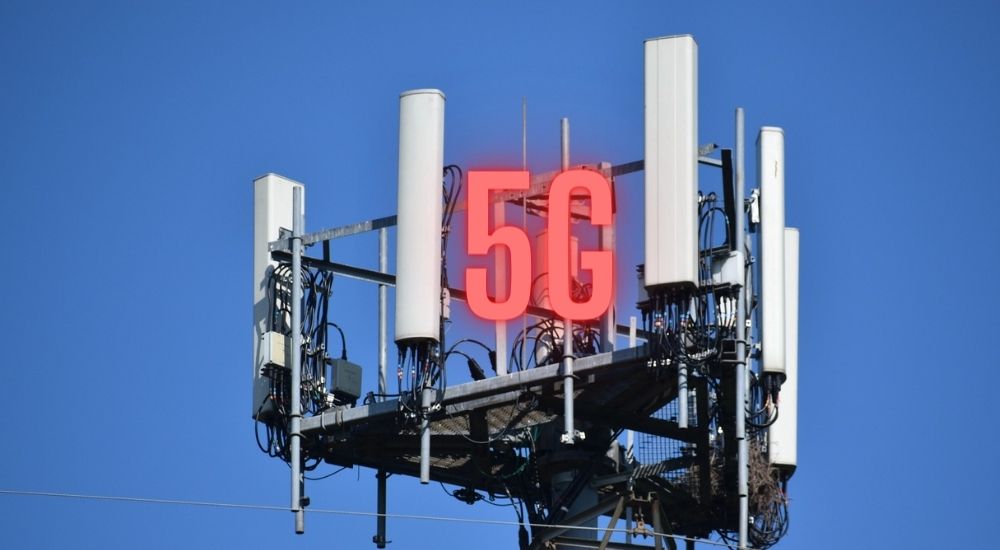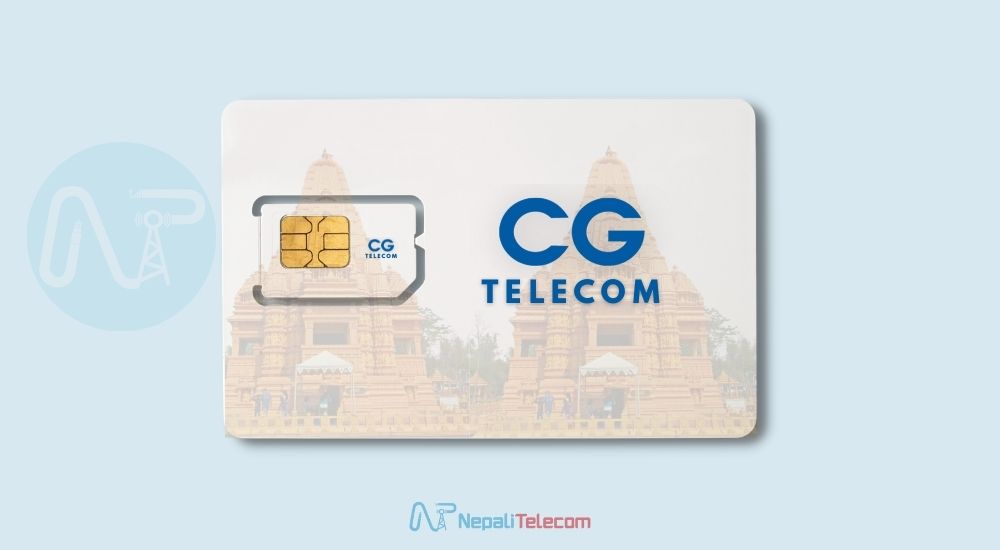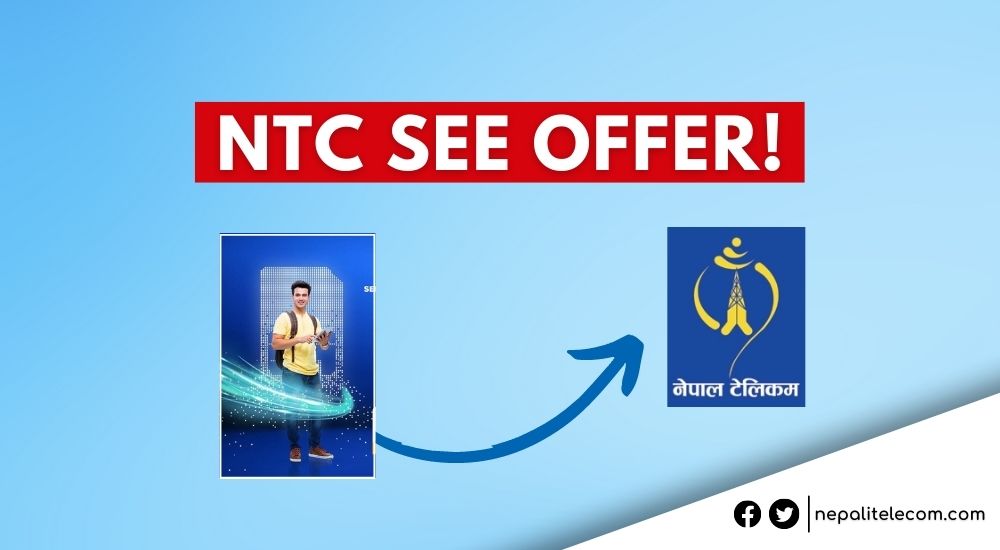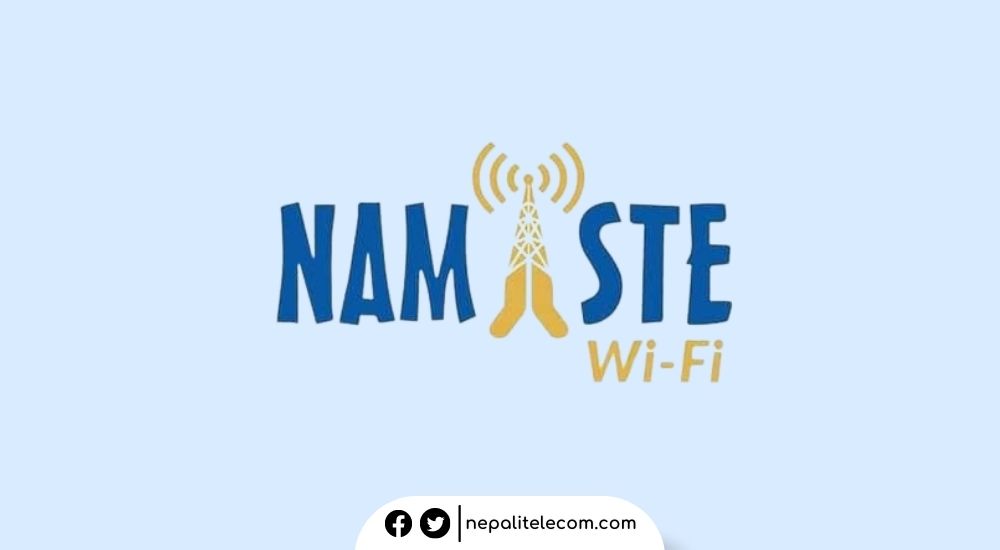The 5G network is evolving and expanding globally. States like China, Korea, and Germany already have a widespread 5G network While others, it is in an expanding state. By March 2024, there are 585 operators in 175 countries/regions investing in 5G (as per GSA). People here have also started to demand 5G service here in Nepal. With the initiation of such demand, we are going to discuss everything about 5G network in Nepal now after Ntc, one of the operators has completed the trial. You can also find the reasons for using 5G in Nepal, Spectrum, Availability and Compatible devices below.
First, let’s start with what 5G really is. Short for the fifth-generation cellular standard, 5G is the next-generation mobile technology that provides an ultrafast data speed of 1 Gbps. It is the latest generation of mobile technology after 1G, 2G, 3G, and 4G. It is not only the mobile broadband speed that 5G is revered. 5G is also meant to connect everything around us. So, we should definitely need to know the ultra-low latency of milliseconds, high reliability, and the huge density of IoT/mobile connections that is possible with a 5G base station.
Table of contents
Why do we need 5G in Nepal?
5G has many benefits. From a sweeping internet speed to extremely low latency, and multiple uses, advanced wireless communication has it all to meet modern-day internet needs and inspire more. With it, broadband internet gets a new definition. Let’s find out the most remarkable features 5G has up its sleeves.
Because 5G is faster
5G has a peak data speed of 20 Gbps which can download an Ultra HD movie in a matter of few seconds. The average speed with 5G for a customer comes to above 100 Mbps. This outpaces 4G in terms of speed, with the use of similar spectrum bandwidth. Read Is 5G better than 4G?
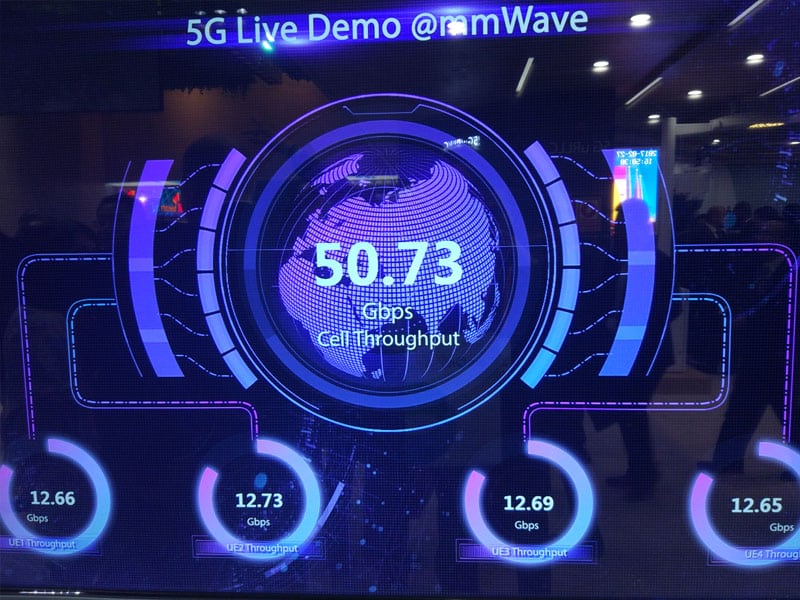
It is far more efficient
As 5G provides higher data speed with the same operational power in the base station, 5G is considered more efficient in terms of power. Similarly, it is also efficient in maintaining higher internet speed for subscribers due to the use of multiple antennas with a term called spectrum efficiency.
It inspires a whole new suite of services
As 5G delivers ultra-low latency and reliable data communication, 5G also opens up a plethora of services and applications like AR, VR, connected stadiums, remote surgery, automated cars, smart cities, etc which are not possible with any ‘G’ wireless communication standard developed till now.
Here is a picture of the 5G application for a hologram phone call, as demonstrated at Mobile World Congress (MWC).

New use cases demand 5G in Nepal
With the demand for fast and reliable broadband at its peak in Nepal, some have felt the need for it for multimedia, streaming, teleconferencing, and other requirements. COVID-19 had made us, stay in our homes and do nothing but the internet, putting a huge strain on the network. And they believed 5G can overcome such intense demand.
Among those, here is a recent tweet from former Secretary of GON, Rameshwor Khanal who suggested telecom companies start deploying 5G quickly. He mentioned that it is difficult to handle online classes and virtual conferences with the current infrastructure. He also opined 5G has a great business opportunity.
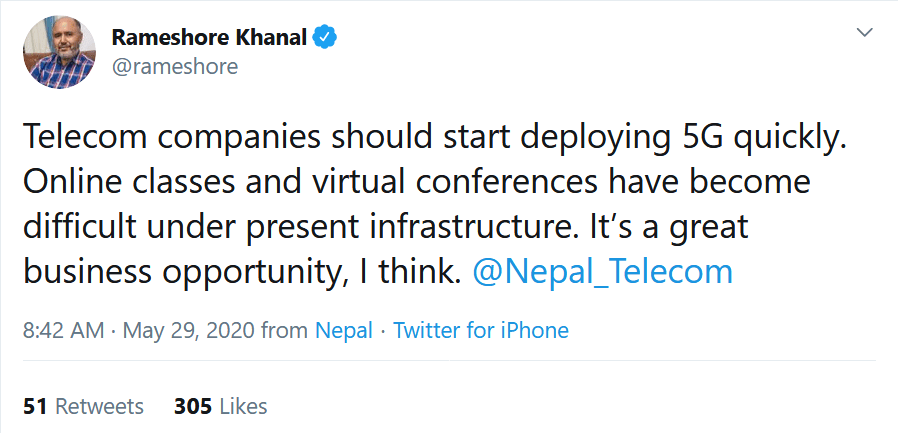
After his thoughts and several others followed his idea for a 5G network here. We delved into the issue to bring out the following points, which can be only applied as of now. Technology is evolving fast and so are the market and consumer demand. So, the points discussed below are meant for the current scenario which can change at any time.
5G is expensive
5G is quite costly not only to the telecom operators but also to the end-users (as of now). The telcos need to bring a lot of expensive equipment to roll out the 5G network. Considering the fallout of revenue and struggling to get enough utilization in 4G, investing large amounts for 5G without proper demand is not sustainable.
Similarly, people and even the ITU find mobile data in Nepal to be expensive (in reference to per capita income). As people are suggesting that 4G itself is affordable, the blazing data speed of 5G will not be used by the commons.
5G is not mobile broadband only
As we wrote before, 5G is not only about mobile broadband, but it also brings along numerous use cases like the Internet of things which is not yet abundant in Nepal. Similarly, ultra-low latency applications are very far away from reaching us. The time will definitely come when our demand for 5G is valid and that too for innovative scenarios.

5G spectrum not allocated in Nepal
NTA, the regulator seems to have started preparing for the allocation of spectrum for 5G and the possible auction for years. However, the regulator had at first assigned frequency spectrum for trials and taken back the same after more than 1.5 years. The regulator is planning for possible 5G spectrum bands for further commercial implementation. Further, the regulator will implement technology neutrality for all spectrum available in Nepal from Shrawan 1, 2081, to refarm the existing spectrum and use for 5G. This technology neutrality feature is provisioned in the Radio Frequency Policy 2080. Before, NTA provided 60 MHz bandwidth in 2.6GHz spectrum to Ntc for trial purpose and already taken back. But there is no confirmation on which airwaves it will get for commercial service.
Considering the device ecosystem and our small market, Nepal should always follow the 5G spectrum band which is ubiquitously available. So, it could be either 2.6GHz or 3.7 GHz that could be used for 5G in Nepal.
Are we at a 5G demanding state?
Till now, we have been using 4G as a mobile broadband service only which has not reached its peak yet. We have started to use 4G for home broadband solutions with Ntc Namaste Wifi and Ncell’s Wirefree+ Internet. As the 4G network has expanded to a wide area, most of the people have got a taste of what 4G is. 4G has quite a good speed for which we should also remember the peak data speed of 234 Mbps achieved with Nepal Telecom 4G during its launch.
Telecom experts opine that 4G can meet the current demand of people for mobile broadband. Telcos need to focus on expanding feature-full 4G for now. If 4G can meet the current demand for mobile broadband, then is it worth doing the multimillion-dollar investment for 5G? We don’t think so. Find the broadband penetration in the country.
Though most of the demand for broadband can be met with 4G, there are some areas where the requirement already demands 5G. Further, to meet the huge demand for 4G mobile broadband, telcos can add more resources, spectrum, multiple antenna technology (higher MIMO), and more to provide 5G-like speeds. Similarly, they can implement features like carrier aggregation to combine two or more spectrum bands for better throughput.
The 5G network is evolving
5G mobile technology is still in the evolving phase. Most of the telecom operators deployed NSA (Non-standalone Architecture) at the early stage. NSA is actually the integration of 5G with the existing 4G LTE. That means the 5G network builds over the LTE infrastructure and shares the same core and transmission system. Check out: NSA vs SA 5G Network Architecture
The new architecture called Standalone Architecture (SA) is now being widely deployed but it seems to be the future of 5G. Though we cannot afford to test new mobile technology, it is a good choice to go for the standalone architecture, together with the maturity and affordability of the SA 5G handsets. Read more about the 5G network and its applications.
Till then, we can expect the demand for mobile broadband to increase more while the operators can also make necessary arrangements to further increase the utilization of the network for IoT use cases and home broadband.
As we discuss the availability of 5G in Nepal, there are a handful of flagship and midrange devices compatible with 5G. Xiaomi launched Mi 10: the first 5G smartphone in Nepal and then all of the latest flagship series including Xiaomi 11, to 14 have 5G support. Similarly, other flagship phone makers such as Apple, Samsung, and Oneplus also have 5G Support. This should help the telcos to test 5G on this device when they will bring their phones to Nepal.
Check out: Best 5G Phones in Nepal | Midrange to Flagship
Are the telcos working on 5G in Nepal?
At the moment, Nepal Telecom (Ntc) completed its 5G trial for insiders. NTA has already revoked the 2.6GHz spectrum (n41), before the operator could make the 5G open for public. Likewise, Ncell has been long approval from Nta for its own 5G goals while the company stated that it’s ready for the trial. Once, the regulator allocates the private telco spectrum for the trial, Ncell will also switch on its 5G network.
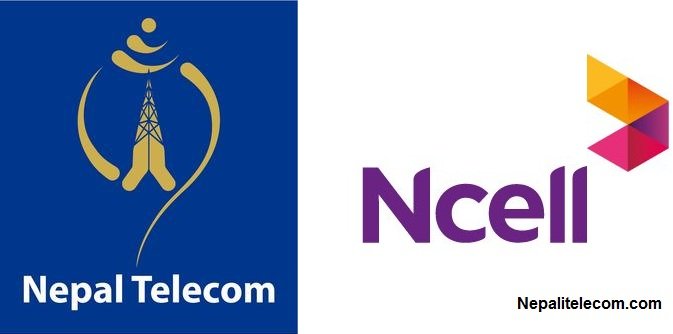
There was also a big buzz in the telecom industry last year regarding the investment of Chaudhary Group (CG Telecom) for 5G and people felt like this would come instantly. But the company could not even get a unified license and lost its basic telephony from the government.
Do we need 5G in Nepal?
The better question is can we ignore it? 5G is certainly making its way across the globe and inspiring new internet habits. It’s likely that AI, AR/VR, smart homes, etc. are becoming more apparent every day and Nepal is also seeing a surge in new internet habits post Covid-19 and 4G is not suited to meet these intense requirements.
There are already some talking about 6G but a jump to the not-yet-standardized network is highly elusive. It is also only logical to follow evolution rather than revolution. So, from many perspectives, 5G will be more crucial in Nepal too due to its high-speed and low latency feature.
5G trial happened in Nepal and we can expect the telco to go for commercial operation based on the experience from the trial project. What do you think of the latest leap mobile technology? Is it a gimmick or do you love the adoption? Do share your opinion in the comments below.


